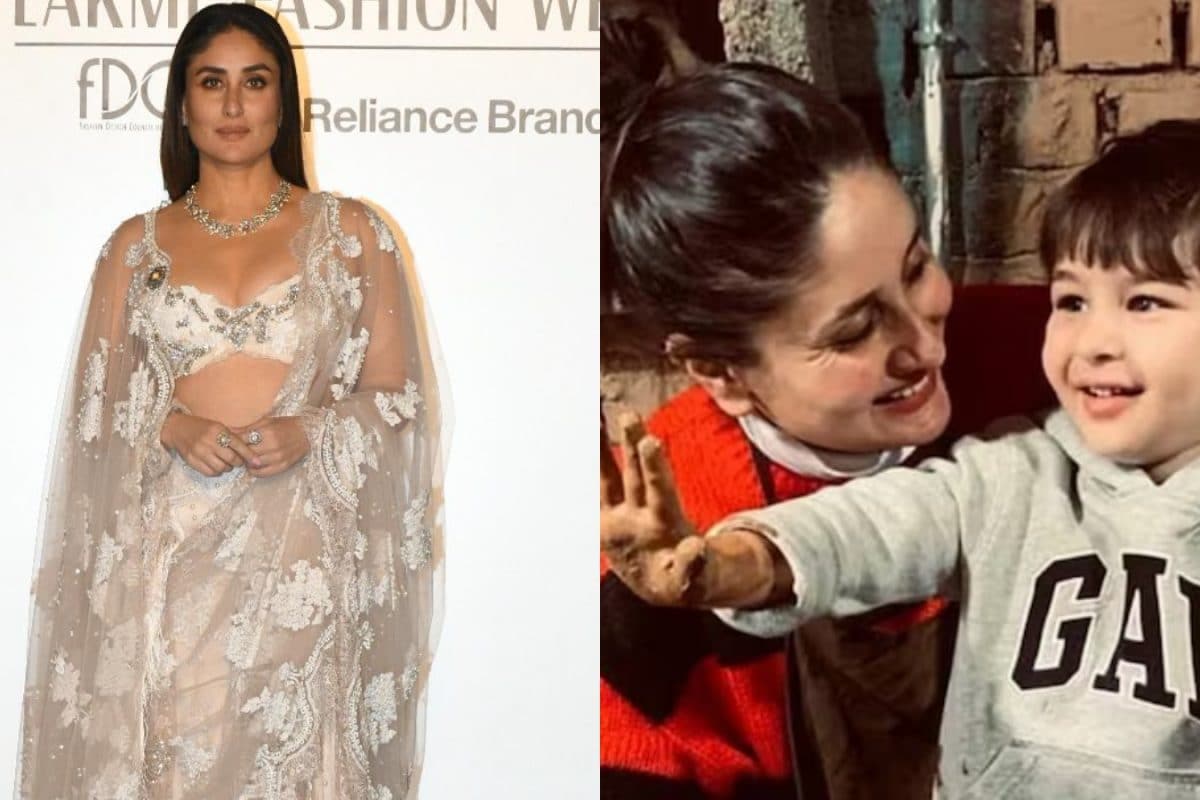After working in fashion for nearly two decades – including the majority of my career spent at Vogue – I’ve always been a firm believer in the transformative power of clothes. But in recent years, I’ve become increasingly aware of the fashion industry’s enormous impact on the planet , and embarrassed by how much I used to shop. That’s why I decided to go a year without buying any new clothes or accessories, choosing to repair or alter what I already had instead.
Could that Stella McCartney jumpsuit with the moth hole be mended, or the black knee-high Jimmy Choo boots with the torn lining, sitting in the back of my closet, be made wearable again? Could one of my late father’s suits be tailored to fit me, or even personalised with my own monogram? I have often had clothes altered to fit – following the advice of stylist Elizabeth Saltzman , back when she was fashion director at Vanity Fair – but this new approach would require another level of dedication. Repair is key when thinking about luxury. While high-end pieces are often designed to last a lifetime, even the best craftsmanship needs care and repair as the years go by.

Traditionally, luxury brands, from Hermès and Chanel to Burberry and Mulberry, have offered aftercare as part of a long-term relationship with their customers. More recently, Net-a-Porter has paired up with repair platform The Seam , while the likes of Selfridges have partnered with Sojo to offer door-to-door alterations and repairs. Bey.
.jpg)
























